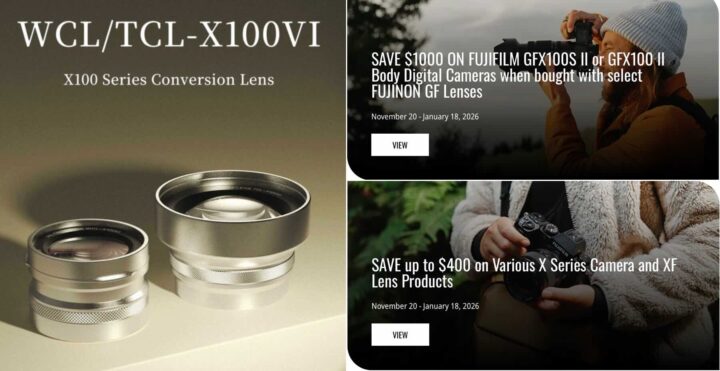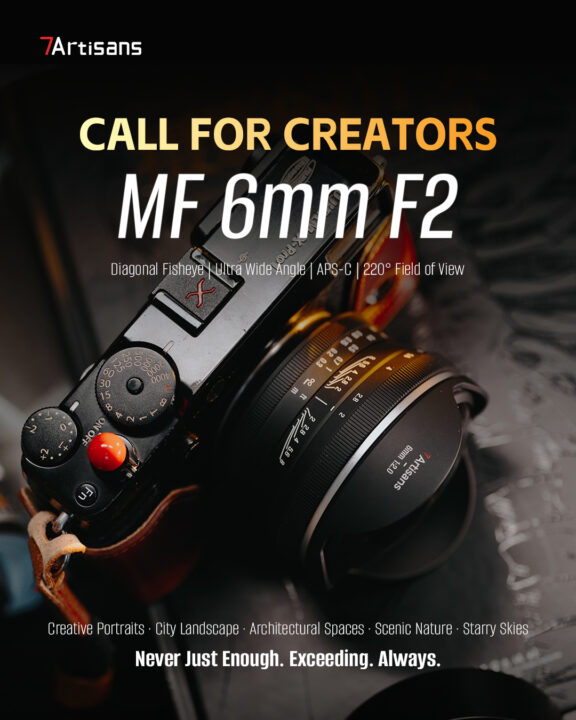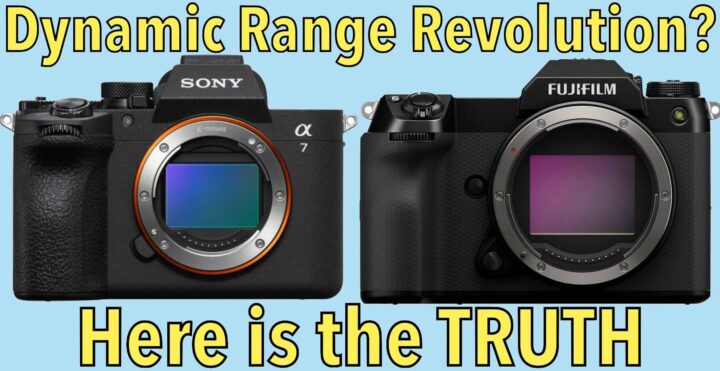10% Discount on Viltrox WCL/TCL-X100VI Ending and Full Updated List of Fujifilm X/GFX Deals
Viltrox Deals Ends
The 10% launch discount on the brand new Viltrox WCL-X100VI and TCL-X100VI conversion lenses for X100 cameras is ending in a few hours – 5% launch discount + 5% discount with coupon code FUJIRUMORS.
Starting next week you you will only get 5% discount with out coupon code FUJIRUMORS.
- Viltrox WCL-X100VI
BHphoto / Viltrox Store / Amazon / Adorama / Pergear - Viltrox TCL-X100VI
BHphoto / Viltrox Store / Amazon / Adorama / Pergear
Updated Fujifilm X / GFX Deals
Fujifilm has added one lens to the GFX deals and there are unofficial XF lens deals at BHphoto.
Unofficial XF Lens Deals – unknown ending date
- XF8mmF3.5 – save $250
BHphoto / Amazon - XF90mmF2 – save $300
BHphoto - XF500mmF5.6 – save $750
BHphoto / Amazon / Adorama - XF16-80mmF4 – save $250
BHphoto / Amazon
Official XF Lens Deals – end January 18
- XF18mmF1.4 R LM WR – save $100
BHphoto / Amazon / Adorama / Focuscamera - XF23mmF1.4 R LM WR – save $100
BHphoto / Amazon / Adorama / Focuscamera / Moment - XF 33mmF1.4 R LM WR – save $100
BHphoto / Amazon / Adorama / Focuscamera / Moment - XF 56mmF1.2 R WR – save $100
BHphoto / Amazon / Adorama / Moment - XF50-140mmF2.8 R LM OIS WR – save $200
BHphoto / Amazon / Adorama / Moment - XF 70-300mmF4-5.6 R LM OIS WR – save $100
BHphoto / Amazon / Adorama / Focuscamera / Moment - XF100-400mmF4.5-5.6 R LM OIS WR – save $400
BHphoto / Amazon / Adorama / Focuscamera - XF 150-600mmF5.6-8 R LM OIS WR – save $400
BHphoto / Amazon / Adorama / Moment
Official X Camera Deals – end January 18
- X-T5 body – save $100
BHphoto / Amazon / Adorama / Moment / BestBuy - X-T50 body or kit (XC15-45 or XF16-50) – save $100
BHphoto / Amazon / Adorama / Nuzira / Moment - X-S20 body or kit (XC15-45 or XF16-50) – save $100
BHphoto / Amazon / Adorama / Moment / BestBuy
Official GFX Gear Deals – end January 18
- GF LENSES
- GF55mmF1.7 R WR – save $500
BHphoto / Amazon / Adorama - GF80mmF1.7 R WR – save $500
BHphoto / Amazon / Adorama / Focuscamera / Moment - GF110mmF2 R LM WR – save $500
BHphoto / Amazon / Adorama - GF20-35mmF4 R WR – save $500
BHphoto / Amazon / Adorama / Moment
- GF32-64mmF4 R LM WR – save $500
BHphoto / Amazon / Adorama - GF45-100mmF4 R LM WR – save $500
BHphoto / Amazon / Adorama - GF100-200mmF5.6 R LM OIS WR – save $500
BHphoto / Amazon / Adorama / Moment / Paul’s Photo - CAMERA BUNDLES
- GFX100 II + GF 20-35mm f/4 – save $1,000
BHphoto (+ freebies*) / Amazon / Adorama - GFX100 II + GF 45-100mm f/4 – save $1,000
BHphoto (+ freebies*) / Amazon / Adorama - GFX100 II + GF 100-200mm f/5.6 – save $1,000
BHphoto (+ freebies*) / Amazon / Adorama - GFX100 II + GF 55mm f/1.7 – save $1,000
BHphoto (+ freebies*) / Amazon / Adorama - GFX100 II + GF110mm f/1.7 – save $1,000
BHphoto (+ accessories) / Amazon / Adorama - GFX100S II + GF 20-35mm f/4 – save $1,000
BHphoto (+ freebies*) / Amazon / Adorama - GFX100S II + GF 45-100mm f/4 – save $1,000
BHphoto (+ freebies*) / Amazon / Adorama - GFX100S II + GF 100-200mm f/5.6 – save $1,000
BHphoto (+ freebies*) / Amazon / Adorama - GFX100S II + GF 55mm f/1.7 – save $1,000
BHphoto (+ freebies*) / Amazon / Adorama - GFX100S II + GF110mm f/1.7 – save $1,000
BHphoto (+ freebies*) / Amazon / Adorama
* freebies at BHphoto include a free CFexpress Type B Card and a camera bag





